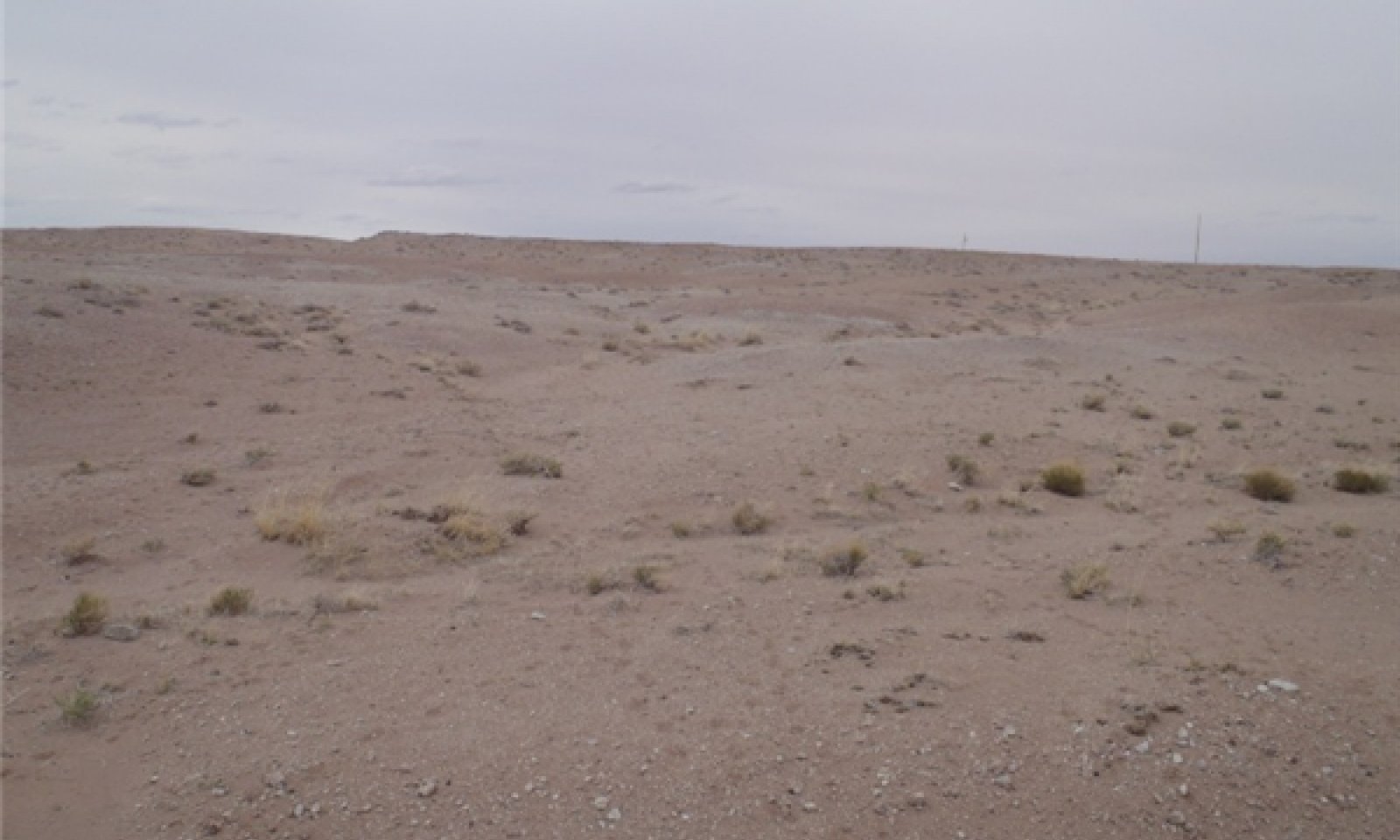
Shale Upland 6-10" p.z.
Scenario model
Current ecosystem state
Select a state
Management practices/drivers
Select a transition or restoration pathway
- Transition T1A More details
- Transition T1B More details
- Transition T2A More details
-
No transition or restoration pathway between the selected states has been described
Target ecosystem state
Select a state
Description
The general aspect of the site is made up of primarily mid and short grasses with a significant percentage of cold desert shrubs and a few forbs. In the original plant community there is a mixture of both cool and warm season grasses. Plant species most likely to invade or increase on this site when it deteriorates are saltbushes, broom snakeweed and annuals. Continuous grazing during the winter and spring periods will decrease the cool season grasses, which are replaced by warm season, lower forage value grasses and shrubs.
Submodel
Submodel
Mechanism
Introducting of non-native annuals create a irreversible change in the plant community.
Mechanism
Severe drought, sometimes followed by large storm events, continuous improper grazing management, off-road vehicle traffic, invasion/establishment of annuals.
Model keys
Briefcase
Add ecological sites and Major Land Resource Areas to your briefcase by clicking on the briefcase (![]() ) icon wherever it occurs. Drag and drop items to reorder. Cookies are used to store briefcase items between browsing sessions. Because of this, the number of items that can be added to your briefcase is limited, and briefcase items added on one device and browser cannot be accessed from another device or browser. Users who do not wish to place cookies on their devices should not use the briefcase tool. Briefcase cookies serve no other purpose than described here and are deleted whenever browsing history is cleared.
) icon wherever it occurs. Drag and drop items to reorder. Cookies are used to store briefcase items between browsing sessions. Because of this, the number of items that can be added to your briefcase is limited, and briefcase items added on one device and browser cannot be accessed from another device or browser. Users who do not wish to place cookies on their devices should not use the briefcase tool. Briefcase cookies serve no other purpose than described here and are deleted whenever browsing history is cleared.
Ecological sites
Major Land Resource Areas
The Ecosystem Dynamics Interpretive Tool is an information system framework developed by the USDA-ARS Jornada Experimental Range, USDA Natural Resources Conservation Service, and New Mexico State University.
